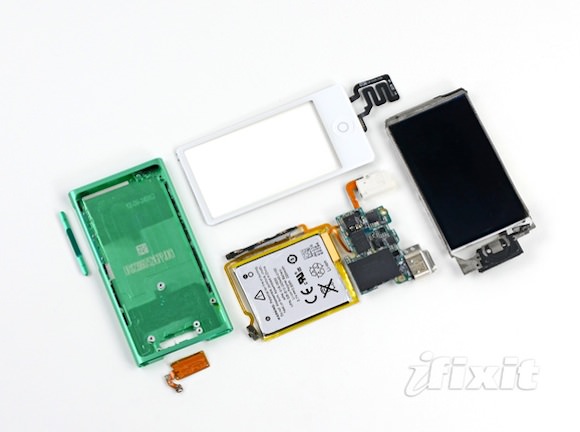IFixit disassembled the 7th generation iPod nano. What is inside?
Thanks to the experts from iFixit, a few days ago we had the opportunity. Today we bring to your attention new research from the guys from iFixit. This time, the new one, which was presented not so long ago, was “forced to show” its hardware filling.
In contact with
Although the new iPod Touch performs slightly worse in terms of repairability than the previous model, it still scores between 7 and 10 points on this indicator.
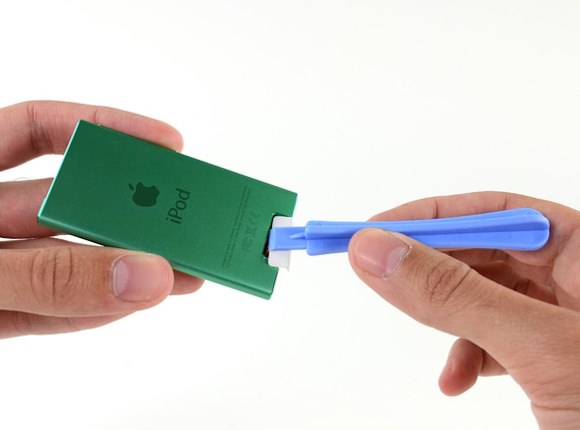 But let's go back to the iPod Nano. A quick look at the new little player reveals the usual chips, including flash memory from Toshiba and a touch display controller from Texas Instruments. You can also notice that the device contains a couple of unnamed chips from Apple.
But let's go back to the iPod Nano. A quick look at the new little player reveals the usual chips, including flash memory from Toshiba and a touch display controller from Texas Instruments. You can also notice that the device contains a couple of unnamed chips from Apple.
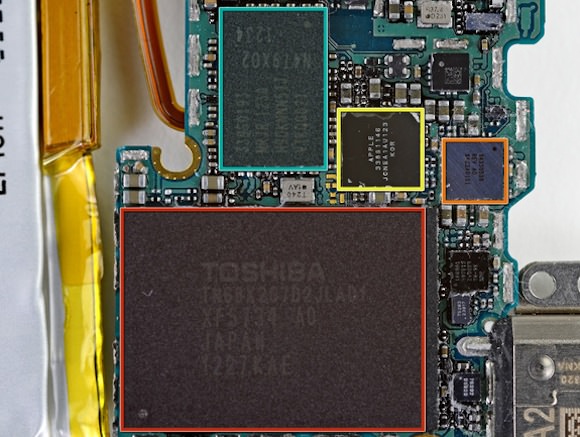 Here is a list of all detected chips:
Here is a list of all detected chips:
* Toshiba THGBX2G7D2JLA01 128 Gb (16 GB) NAND flash
* Texas Instruments 343S0538 touchscreen controller
* Broadcom BCM2078KUBG Bluetooth + FM radio
* NXP Semiconductors 1609A1
* 75203 23017
* 75292 98820
* 339S0193
*Apple 338S1099
*Apple 338S1146
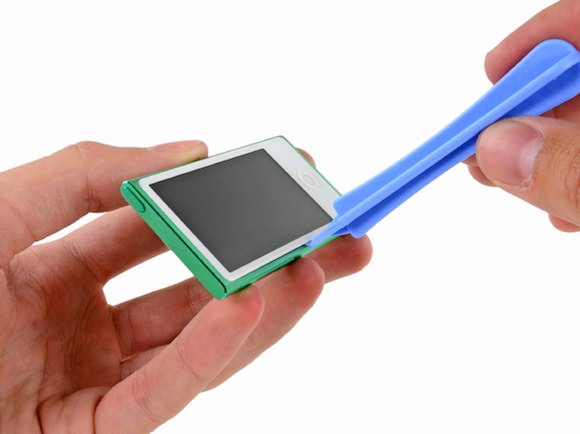 Before we begin a detailed analysis of the hardware of the new iPod Nano, it would not be superfluous to talk a little about the iFixit project, a company specializing in creating free web instructions for dismantling various devices. Instructions from iFixit are expected all over the world; the company is famous for providing prompt and high-quality information that allows you to repair phones, laptops, and tablets from various companies even at home. Let's return to the 7th generation iPod Nano.
Before we begin a detailed analysis of the hardware of the new iPod Nano, it would not be superfluous to talk a little about the iFixit project, a company specializing in creating free web instructions for dismantling various devices. Instructions from iFixit are expected all over the world; the company is famous for providing prompt and high-quality information that allows you to repair phones, laptops, and tablets from various companies even at home. Let's return to the 7th generation iPod Nano.
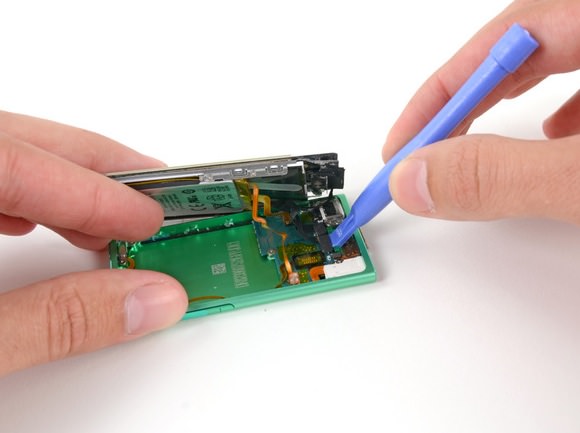 Due to the fact that most of the components are soldered to the motherboard (battery, new Lightning connector, headphone jack, etc.), iFixit assigned the new Nano player only 5 points out of 10 in terms of maintainability. Here are a couple of the main points that led to such a low rating:
Due to the fact that most of the components are soldered to the motherboard (battery, new Lightning connector, headphone jack, etc.), iFixit assigned the new Nano player only 5 points out of 10 in terms of maintainability. Here are a couple of the main points that led to such a low rating:
- The overall dimensions of the sixth generation iPod Nano were 1.48 x 1.68 x 0.35 inches, weighing only 21 grams. The seventh generation of Apple's player is almost 2 times taller, and also slightly thinner than the previous one, its dimensions are 3.01 x 1.56 x 0.21 inches, and it weighs 31.18 grams.
- The battery is soldered to the motherboard and attached to the back of the display. Replacing it will be problematic.
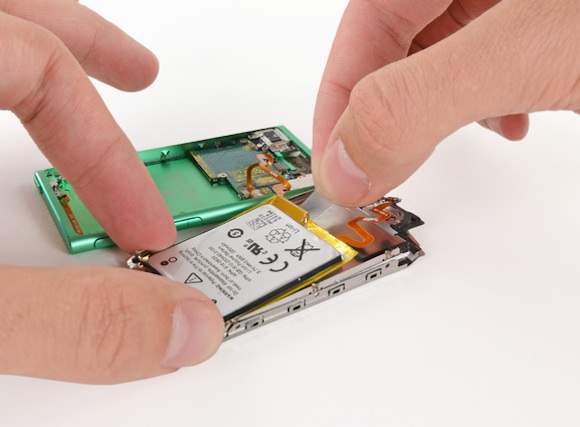
- A small plastic tab peeks out from under the battery. Most likely it is used to replace the battery, but we are not sure. The battery is firmly seated on the adhesive and the tab doesn't seem to be effective enough to get it out.
- Thanks to some changes, Apple was able to achieve improved battery characteristics: 3.7 V, 0.8 Wh, 220 mAh, which is much more efficient than the sixth generation iPod Nano.
- The LCD display and the touch layer are not a single unit (as is done in the iPhone 5), which makes it possible to replace any of the components separately.
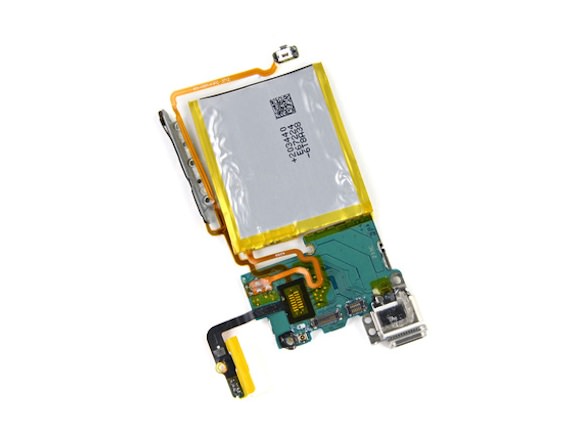
- Just like the fifth-generation iPod Touch, most of the iPod Nano's components are soldered to the motherboard, including the battery, new Lightning connector, and volume control. If you need to replace one of these components, you will have to deal with replacing a whole series of components.
- When removing the motherboard, it seems as if everything was pulled out: the battery, the Lightning connector, and the headphone jack.
